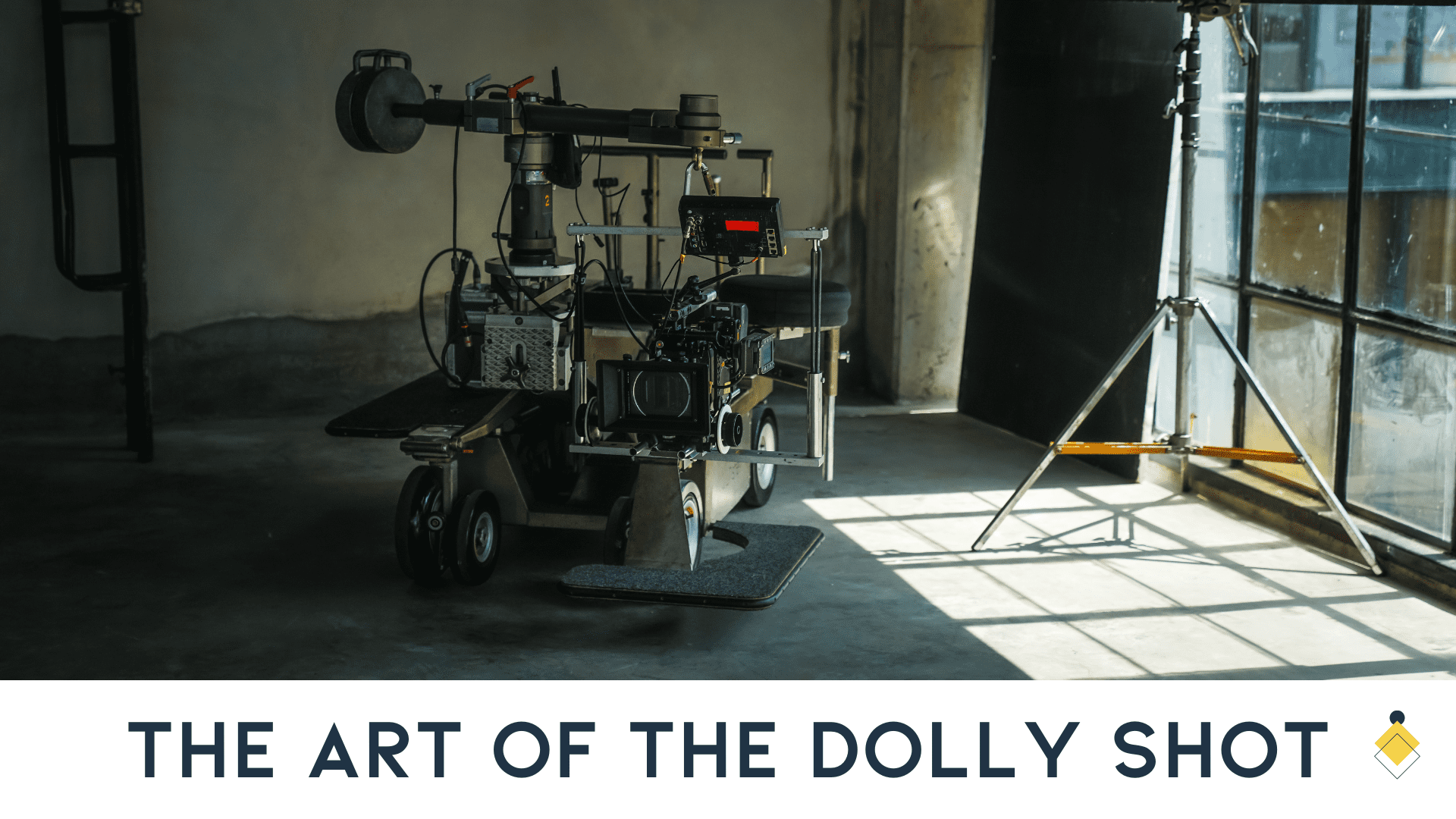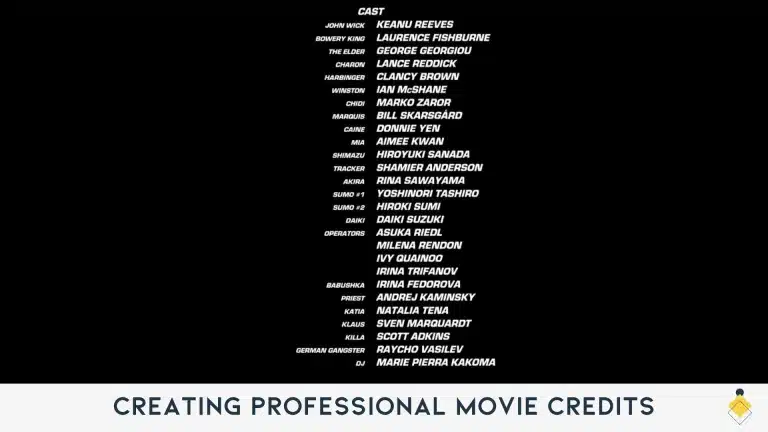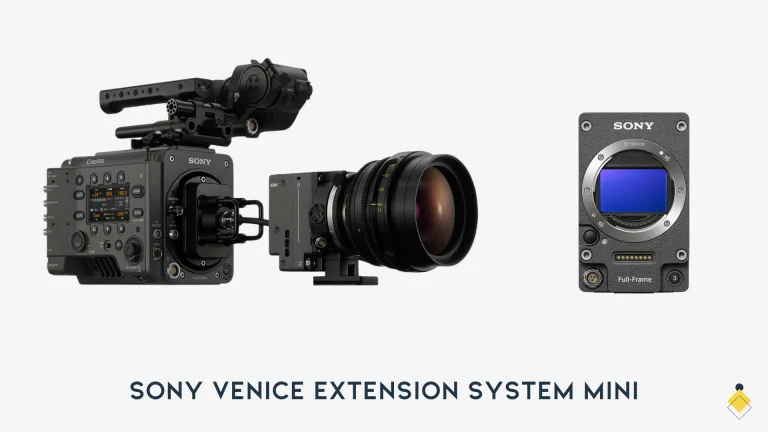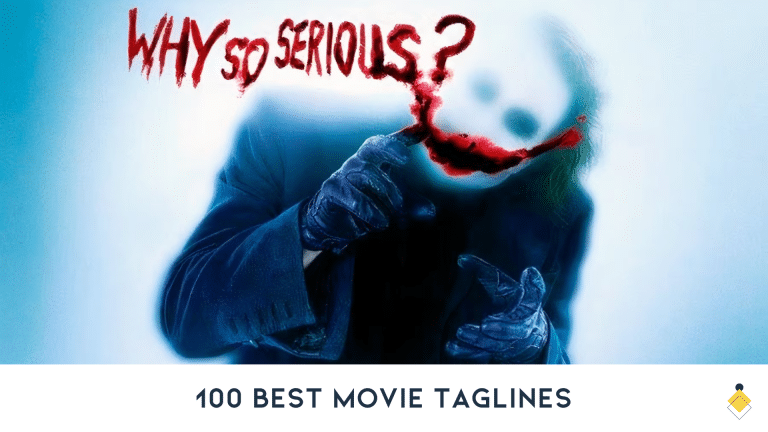Struggling to make your film shots look smooth and professional? Dolly shots are the secret weapon for cinematic movement. Our article breaks down the art of nailing dolly shots with practical techniques and tips from experts in cinematography.
Let’s dive in and elevate your filmmaking skills!
Understanding the Dolly Shot
The dolly shot involves moving the camera smoothly on a wheeled platform, creating a cinematic effect. It allows the audience to feel like they are physically immersed in the scene as it unfolds.
Definition of a Dolly Shot
A dolly shot involves smooth and precise camera movement achieved by mounting a camera on a wheeled device called a dolly. This equipment allows filmmakers to move the camera in or out, side to side, or even around the subject in an elegant manner that can’t be replicated by hand-holding the camera.

It’s commonly used in film production for various types of shots, ranging from tracking subjects as they move to slowly revealing landscapes.
Dolly shots serve multiple purposes: to emphasize important dialogue, capture deep emotions, or highlight moments of realization by moving towards the subject. Alternatively, dollying out helps showcase the environment surrounding the subject or create a feeling of emotional distance between them and viewers.
Combining this form of camera movement with pans or tilts further enhances thematic elements within scenes, allowing cinematographers to deliver powerful messages without words.

Equipping oneself with knowledge about dolly/tracking shots opens up endless possibilities for creative storytelling in cinema. Whether it’s enhancing suspense through a creeping zoom-in effect seen in horror movies or pulling back smoothly with unbelievable precision during action sequences—mastering this technique is crucial for every cinematographer aiming for greatness in their work.
Purpose of a Dolly Shot
Dolly shots play a critical role in filmmaking, allowing directors and cinematographers to add depth and emotion to their scenes. These camera movements can emphasize dialogue, capture the subtleties of an actor’s performance, or vividly portray the environment surrounding a subject.
For instance, moving the camera closer can intensify a character’s emotional moment or highlight important details within the scene.
Furthermore, dolly shots are instrumental in creating dynamic visual storytelling. They help reveal location details that set the tone of a story, enable character realization by physically aligning viewers with characters’ perspectives, and craft feelings of isolation or inclusion among characters in various contexts.
Such techniques are not just about capturing motion but also about evoking specific psychological effects within the audience. This versatility makes dolly shots essential tools for filmmakers aiming to convey complex narratives through visual means.
Directors like Spike Lee have famously utilized double dolly shots to craft iconic cinematic moments that resonate deeply with audiences. Whether it’s drawing attention to pivotal plot points or adding layers of meaning through subtle camera movements, mastering dolly shot techniques allows filmmakers to tell richer stories that captivate viewers on multiple levels.
Techniques to Create Powerful Dolly Shots
Create powerful dolly shots using techniques such as Dolly In and Dolly Out, Dolly Zoom, Dolly Tracking Shots, 360 Dolly Shot, and Spike Lee or the Double Dolly Shot. These techniques add dynamic visual impact to your cinematography and engage viewers with captivating camera movements.
Dolly In and Dolly Out
Cinematographers use a dolly in shot to move closer to their subjects. This technique highlights details such as facial expressions, important dialogue, or specific emotions that need emphasis.
/cdn.vox-cdn.com/uploads/chorus_asset/file/3619412/luke-hand-2.0.0.gif)
It’s perfect for moments of realization or when focusing intently on an action or object. Through skillful execution, filmmakers can make viewers feel as if they are stepping into the scene, enhancing the sense of intimacy and immersion.
In contrast, a dolly out shot serves to gradually pull away from the subject. This movement allows audiences to take in more of the surrounding environment or helps create a sense of emotional detachment from the character or object previously in focus.
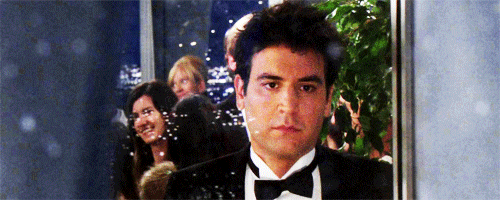
Whether revealing a stunning landscape that contextualizes the narrative or signaling an emotional shift, dolly out shots are essential tools for storytelling that enriches cinematic experiences by broadening perspectives both visually and emotionally.
Dolly Zoom
Dolly zoom is a unique camera technique that can captivate audiences by creating a truly disorienting visual effect. In this method, the camera moves towards or away from the subject while it zooms in the opposite direction.

This combination of movement and zooming alters the background’s size relative to the subject, making viewers feel a sense of vertigo.
Filmmakers often use dolly zoom shots to convey psychological turmoil or significant shifts in perception for characters within a scene. The technique has been famously utilized in movies such as Alfred Hitchcock’s “Vertigo” and Steven Spielberg’s “Jaws,” showcasing its power to evoke emotions like isolation or anxiety.
It cleverly introduces obstacles not just physically but mentally, pulling viewers deeper into the story.
Employing this technique requires careful planning and precision since both dollies forward and changes in focal length must be perfectly synchronized. Mastery over dolly zoom shots opens up new avenues for storytelling, allowing cinematographers to visually manipulate space and time in ways that traditional camera movements cannot match.
Dolly Tracking Shots
Creating smooth and precise camera movements, dolly tracking shots involve the use of a camera dolly or a dolly cart. This technique allows for seamless tracking alongside moving subjects or across a scene.
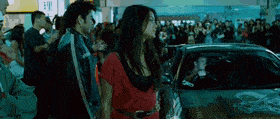
By using a track to guide the dolly’s movement, cinematographers can capture dynamic visuals with enhanced fluidity. Dolly tracking shots are versatile and can be combined with other camera movements such as panning or tilting to further emphasize the intended theme or message of the scene.
When incorporating dolly tracking shots into filmmaking, cinematographers gain the ability to add depth and dimension to their storytelling. The controlled movement provides an immersive experience for viewers while allowing filmmakers to convey emotion and narrative in a visually compelling manner.
360 Dolly Shot
Continuing from dolly tracking shots, the 360 dolly shot involves smoothly circling a subject or scene, providing a dynamic and immersive visual experience. This technique adds an element of movement and depth, allowing viewers to explore the entire environment without cutting away.
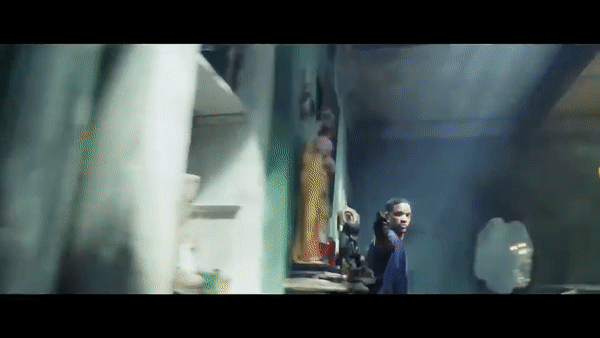
The 360 dolly shot is commonly used to convey a sense of space and continuity, making it ideal for capturing action sequences or showcasing elaborate set designs. Directors like Stanley Kubrick have leveraged this technique to create visually captivating scenes in films such as “The Shining,” demonstrating its potential to enhance storytelling through seamless camera movement.
Utilizing the 360 dolly shot allows filmmakers to immerse the audience within the narrative, emphasizing spatial relationships and creating a sense of presence within the film’s world.
Additionally, this technique can be employed creatively to emphasize character dynamics within a scene, showcasing their interactions from multiple perspectives while maintaining fluidity in cinematography.
Spike Lee or the Double Dolly Shot
Spike Lee, a renowned filmmaker, is widely recognized for popularizing the double dolly shot in cinema. This camera movement involves both the subject and the camera being attached to separate dollies, allowing for a captivating visual effect that creates depth and intensity within a scene.

By using this technique, Spike Lee brings a unique perspective to his storytelling, effectively enhancing the emotional impact of his films.
The double dolly shot not only adds stylistic flair but also serves as a powerful tool to convey themes and emotions within a story. Its distinct visual language can engage viewers on an immersive level and is emblematic of Spike Lee’s innovative approach to filmmaking.
When to Use a Dolly Shot
When to Use a Dolly Shot: A dolly shot can draw the viewer’s attention to a specific subject or scene. It can also help reveal the environment and create depth within the frame.
Drawing the Viewer’s Attention
Dolly shots are an effective way to draw the viewer’s attention to a specific subject or moment in a scene. By smoothly moving the camera closer to or away from the subject, dolly shots add emphasis and create a sense of intimacy, pulling viewers into the character’s perspective.
This technique allows filmmakers to focus on key details or moments that contribute significantly to the narrative, drawing the audience’s attention exactly where it is needed.
Using dolly shots can also help highlight emotions and reactions by allowing for seamless movement around characters within a scene. This can be particularly impactful during pivotal moments in storytelling, as these movements can evoke strong emotional responses from the audience.
Revealing a Location
To reveal a location, dolly shots can be used to smoothly capture the environment around a subject. By dolling out away from the subject, cinematographers can effectively showcase the scope of the environment and set the scene for viewers.
This technique provides valuable context and establishes a sense of place within the narrative.
Dolly shots offer a dynamic way to visually introduce and immerse audiences in different settings by seamlessly revealing their surroundings. Filmmakers utilize this approach to convey spatial relationships between characters and their environments while enhancing storytelling with captivating visual elements.
Creating Depth
When it comes to visual storytelling, creating depth in a scene can greatly enhance the viewer’s experience. Dolly shots are a powerful tool for achieving this effect as they add dimension and visual interest to the composition.
By using dolly movements such as pushing in or pulling out, cinematographers can establish a sense of depth that draws the audience into the narrative. This technique is especially useful for connecting with characters on an emotional level and revealing the environment’s scope, making storytelling more immersive and impactful.
Moreover, combining dolly shots with other camera movements can further enhance the sense of depth in a scene. It allows filmmakers to capture dynamic perspectives and create visually stunning compositions that add production value to films.
Character Realization
To effectively convey character realization, cinematographers often utilize dolly shots to emphasize the emotional and psychological journey of the characters. By smoothly moving the camera alongside the character, cinematographers capture their internal transformation and emotional experiences.
This technique not only brings viewers closer to the character but also allows them to intimately connect with the unfolding narrative.
Spike Lee’s masterful use of dolly shots in his films is a prime example of how this technique can profoundly underscore character realization and emotions. By seamlessly integrating dolly shots into pivotal scenes, Lee has set a precedent for using this technique to highlight profound moments of self-discovery, inner conflict, or catharsis within characters.
Creating Isolation
To isolate a subject using dolly shots, the camera can smoothly move around them, separating them from the surrounding environment. This technique allows filmmakers to emphasize the emotions and thoughts of the subject by isolating them in the frame.
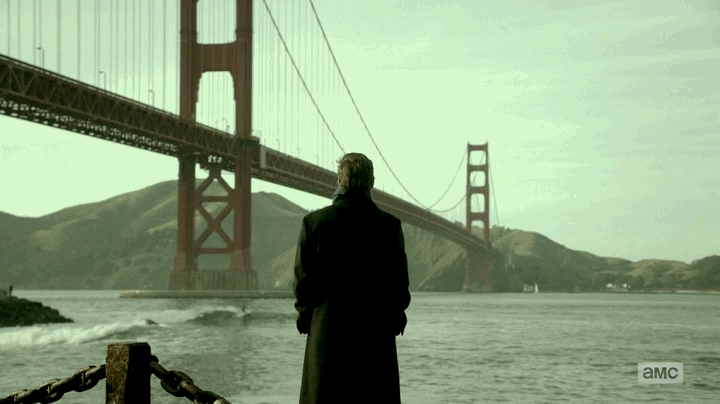
By carefully planning and executing dolly shots, cinematographers can effectively create a sense of separation and seclusion for the subject being filmed.
Combining dolly shots with other camera movements further enhances the isolation effect. By strategically utilizing camera movement and framing, filmmakers can draw attention to specific details or characters within a scene, conveying a heightened sense of solitude or emotional detachment.
Introducing Obstacles
Overcoming obstacles such as tight spaces or uneven terrain can be challenging when executing dolly shots. It requires careful planning and coordination to ensure a smooth and seamless movement of the camera.
Additionally, unexpected hurdles like weather conditions or limited access to certain areas can also pose challenges that need to be addressed during the shoot.
Addressing these obstacles is essential for maintaining the quality and consistency of dolly shots in film production. Proper preparation, adaptability, and problem-solving skills are vital to successfully overcome these hindrances while capturing captivating dolly shot sequences.
Producing Psychological effects
Dolly shots can evoke emotional responses by emphasizing characters’ states of mind and dramatic moments. The use of these shots can convey feelings of drug use, paranoia, or mental illness to engage the audience on a psychological level.
Combining dolly shots with other camera movements enhances the impact of visual storytelling, adding depth and intensity to the narrative.
Spike Lee is known for popularizing the use of dolly shots in cinema to bring a psychological element to his storytelling. Such artistic and technical manipulation has a significant impact on how audiences emotionally engage with films, drawing them into the characters’ experiences and heightening their empathy towards complex narratives.
The Art of Planning and Shooting a Dolly Shot
Plan meticulously by storyboarding, shot listing, budgeting, selecting the right equipment, scouting locations and designing sets, scheduling shoots for flawless execution. Find out more about mastering the art of planning and shooting a dolly shot in order to elevate your cinematography game.
Storyboarding and Shot Listing
Storyboarding and shot listing are essential pre-production steps for successful dolly shots. They help cinematographers visualize the scenes and plan camera movements effectively.
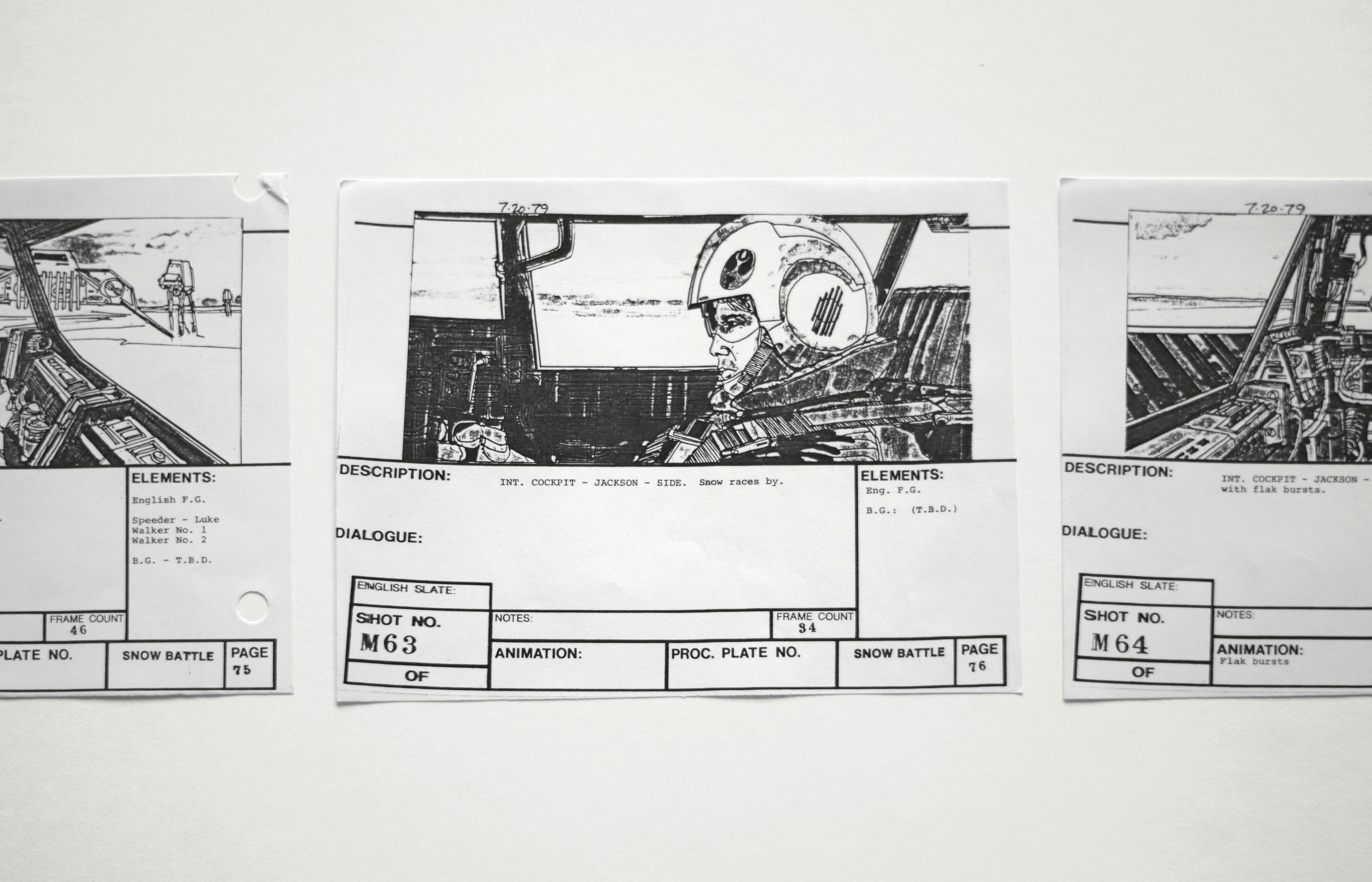
Here are important aspects to consider when storyboarding and shot listing for dolly shots:
- Visualize the Sequence: Create detailed sketches or digital storyboards to map out each shot’s composition, camera movement, and framing.
- Plan Camera Movements: Determine the specific dolly techniques to be used in each shot, such as dolly in, dolly out, tracking, or zoom, based on the desired visual impact.
- Incorporate Shot Angles: Consider different angles for dynamic storytelling, including wide shots, close-ups, and high or low angles to capture the desired emotions and perspectives.
- Establish Shot Durations: Specify the duration of each shot to maintain pacing and rhythm within the sequence while ensuring cohesiveness with the overall narrative flow.
- Coordinate with Production Team: Collaborate with key crew members such as the director, cinematographer, and production designer to align visual storytelling elements with the overall creative vision.
- Select Optimal Lenses: Decide on lens choices that complement the narrative by enhancing depth of field and visual impact while maintaining consistency throughout scenes.
- Streamline Transition Planning: Strategically plan transitions between shots to ensure smooth continuity and convey seamless storytelling throughout sequences.
- Consider Lighting Requirements: Account for lighting setups in conjunction with camera movements to achieve desired mood, atmosphere, and visual aesthetics.
- Identify Location Constraints: Assess potential limitations within shooting locations that may impact camera movement feasibility or require creative adaptation during dolly shot execution.
Budgeting

After finalizing the storyboard and shot listing, the next crucial step is budgeting for dolly camera movement. Allocating resources effectively is essential to ensure a smooth and successful shoot.
Consider factors such as equipment rental, crew fees, transportation costs, and any additional expenses that may arise during filming. It’s important to carefully assess the financial implications of incorporating dolly shots into your project.
Budgeting for dolly shots requires careful consideration of time and resources. By planning meticulously and allocating funds wisely, you can maximize the impact of these dynamic camera movements while staying within budget constraints.
Equipment Selection
Dolly shot equipment comes in various forms, each catering to specific needs. Cinematographers can choose from cinema platform dollies, sliders, tripod dollies, steadicams, 3-axis gimbals, cable camera systems, professional drones, and table-top dollies.
Each type offers different capabilities for capturing smooth and dynamic footage.
Deciding on the appropriate equipment is essential for achieving desired visual effects and maintaining creative control over shots. For instance, a slider is ideal for short tracking shots while a professional drone provides aerial perspectives.
Location Scouting and Set Design
After carefully selecting the right equipment for your dolly shots, it’s essential to consider location scouting and set design. Finding the perfect location is crucial for smooth dolly shots, ensuring enough space for tracks and a leveled ground.
Whether shooting indoors or outdoors, a suitable setting can make all the difference in achieving professional-looking dolly shots. Set design also plays a vital role in creating visually compelling scenes that complement the movement of the camera.
A thorough location scout is necessary to identify potential obstacles that may hinder smooth dolly movements. Additionally, determining whether existing sets meet the requirements for your planned shots or if modifications are needed will help streamline the filming process.
Scheduling
Scheduling dolly shots is a critical aspect of film production that demands meticulous planning and coordination. It involves allocating specific time slots for setting up, rehearsing, and executing the dolly camera movements.
Careful consideration of factors such as lighting conditions, actor availability, and equipment setup time is essential to ensure a smooth and efficient shooting process. Furthermore, scheduling allows filmmakers to optimize resources and minimize disruptions during filming, ultimately contributing to the overall success of the dolly shot sequences.
In addition to optimizing resources, scheduling dolly shots plays a vital role in managing production costs. By carefully planning the timing of dolly camera movements within the shooting schedule, filmmakers can streamline operations and avoid unnecessary overtime expenses.
Shooting
Following careful scheduling and preparation, shooting a dolly shot involves setting up the camera on a dolly or track to achieve smooth and precise movements. The cinematographer directs the camera’s movement, ensuring it complements the scene’s theme and message.
By combining dolly shots with other camera movements like pans or tilts, filmmakers can emphasize specific elements within the frame while maintaining seamless motion throughout the sequence.
Executing successful dolly shots requires coordination between the director of photography, camera operator, and dolly grip to ensure that each movement aligns with the intended visual narrative.
Overcoming Misconceptions about Dolly Setup
Overcoming Misconceptions about Dolly Setup involves understanding that modern dollies are designed to be set up quickly and efficiently, reducing the time needed for preparation. Moreover, while there may be a perception of high cost associated with dolly setups, in reality, they can be budget-friendly compared to other cinematic techniques when planned effectively.
Time to Set Up
Setting up a dolly shot demands time and meticulous attention to detail. The process entails laying down tracks, ensuring the camera is securely mounted, and carefully testing the movement for smoothness.
This preparation can take several hours, depending on the complexity of the shot and the environment. It’s crucial to allocate sufficient time for setup during production schedules.
Location scouting is vital in determining whether a dolly shot is feasible within a particular space. Uneven terrain or limited area may pose challenges for setting up dolly tracks and achieving seamless movement.
Cost Comparisons
Dolly shots can greatly enhance a film’s visual storytelling, but it’s crucial to weigh the costs involved. Below is a comparison of costs associated with traditional dolly setups versus alternative methods for achieving similar cinematic effects.
| Type of Setup | Cost Implications | Suitability |
|---|---|---|
| Traditional Dolly Tracks | High – involves renting or purchasing tracks and dolly | Best for Hollywood-level productions with larger budgets |
| No-Budget Options (e.g., Skateboard, Wheelchair) | Minimal – utilizes readily available and low-cost items | Great for indie filmmakers or tight-budget projects |
| Gimbal Stabilizers | Moderate – requires a one-time purchase or rental | Suitable for both professional and amateur productions |
| Steadicam | Variable – professional systems are costly, but low-end models are more affordable | Good for productions that value mobility and cinematic quality |
This table outlines the cost differences between various setups for achieving stable and dynamic shots in filmmaking. It highlights how production teams must carefully consider their budget and the visual impact they want to achieve.
Usage in Filmmaking vs Advertising
Transitioning from the topic of cost comparisons, it’s essential to delve into the realm of how dolly shots are employed differently in filmmaking versus advertising. Both mediums seek to captivate their audiences, yet the strategies and outcomes can vary significantly. Here’s a concise comparison:
| Aspect | Filmmaking | Advertising |
|---|---|---|
| Purpose | Advance story, reveal character, enhance action scenes. | Emphasize product appeal, create memorable visuals. |
| Planning and Preparation | Extensive storyboarding, budgeting, and scheduling. | Focus on product placement, brand message cohesion. |
| Equipment Used | Variety including sliders, steadicams, gimbals, drones. | Similar equipment but choices often based on budget and ad scale. |
| Set Design and Location Scouting | Crucial for narrative context and visual storytelling. | Essential for highlighting the product in the best light. |
| Impact | Enhance storytelling, character development, and viewer engagement. | Boost product visibility, brand recognition, and consumer interest. |
Through the use of meticulous planning, selection of appropriate equipment, and creative execution, both filmmakers and advertisers harness the power of dolly shots to achieve their distinctive objectives. While filmmakers often focus on the narrative and emotional impact, advertisers aim to create compelling visuals that showcase products and engage potential customers. Despite these differences, the underlying goal remains the same: to capture the viewer’s attention and convey a powerful message.
Alternative Techniques to Capture Steady Footage
To capture steady footage, consider using stabilizers like Steadicam and motorized gimbals. These tools provide smooth movement for the camera while filming, resulting in professional-looking shots.
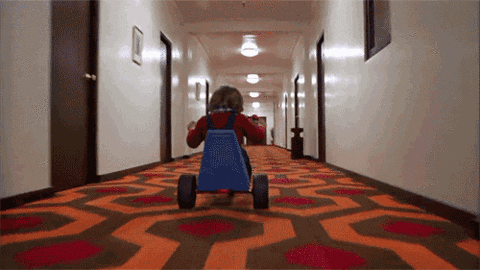
Additionally, DIY options such as roller skates or skateboards can be utilized to achieve stable tracking shots on a budget. Cinematographer Jim Ross recommends renting dolly equipment as a cost-effective alternative for creators who want to experiment with different types of camera movement without investing in expensive gear.
Furthermore, there are various types of dolly setups available, including lightweight tripod dollies and slider dollies that offer affordable and versatile options for filmmakers. These alternatives allow creators to achieve steady footage without compromising on quality, giving them the flexibility to adapt their filming techniques based on specific project requirements.
Conclusion
Mastering the art of dolly shots can elevate your filmmaking to new cinematic heights. By understanding the versatile techniques like dolly in, dolly out, dolly zoom, tracking shots, and the iconic double dolly pioneered by Spike Lee, you gain powerful tools for visual storytelling. Dolly shots allow you to draw focus, reveal environments, create depth, convey character realizations, and even produce profound psychological effects.
However, executing flawless dolly shots requires meticulous planning from storyboarding and budgeting to location scouting, scheduling, and overcoming potential obstacles on set. The investment of time and resources pays off through unparalleled camera movements that captivate audiences and leave a lasting impact.
While dolly shots may seem daunting initially, exploring alternative stable footage techniques like gimbals, skateboards, or affordable rental options can help newcomers experiment with these dynamic shots. Ultimately, harnessing the full potential of dolly cinematography separates ordinary films from extraordinary visual narratives that transport viewers into fully immersive experiences. Master this art, and you’ll have a powerful storytelling tool that can immortalize your vision on the silver screen.
FAQ – Dolly Shot
A dolly shot is a type of camera shot where the camera is mounted on a dolly rig, an apparatus on wheels or a track, which allows for smooth and controlled movement along a set path. Filmmakers use dolly shots to follow a subject, create a sense of depth, or move the story along by highlighting specific details or actions in a scene. It’s a powerful technique to add dynamism and depth to storytelling, lending a professional and immersive quality to the cinematography.
Some of the most iconic dolly shot examples in cinema include the Spike Lee dolly shot, where characters seem to glide through their environments, creating a surreal and impactful visual. Steven Spielberg also frequently employs dolly shots for emotional and dramatic effect, such as the famous scene in “Jaws” when Chief Brody realizes the shark is attacking. These shots are remembered for how they creatively use movement to enhance the storytelling.
To perform a dolly shot, you need a camera dolly rig, which is essentially a cart or platform on wheels or a track that supports the camera and, sometimes, the cinematographer. The rig can vary from a simple, small setup for a DSLR to large, complex systems for heavy cinema cameras. Some setups include a circular dolly track for movements that encircle the subject or a straight track for forward or backward motions. Additional gear like a jib or crane might also be incorporated for vertical movements.
A dolly zoom shot, often referred to as a “Vertigo effect,” combines a dolly in (or out) movement with a simultaneous zoom in the opposite direction. This technique causes the foreground to remain the same size while the background’s size changes, resulting in a disorienting effect that accentuates the theme or emotion of a scene. Unlike a traditional dolly shot that moves the camera smoothly along a set path to follow a subject or reveal a scene without altering focal length, a dolly zoom specifically plays with perspective and depth to create a unique visual impact.
Executing dolly shots presents several challenges, including ensuring the movement is smooth and controlled, especially on uneven surfaces or in tight spaces. Achieving the desired speed and keeping the camera stable can also be difficult, requiring practice and sometimes additional equipment like stabilizers or counterweights. Timing is crucial too, as the movement must match the action or dialogue within the scene. Lastly, setting up and moving the dolly rig, particularly on location, can be time-consuming and labor-intensive, demanding careful planning and teamwork.
The cost of including a dolly shot in a production can vary widely depending on the complexity of the shot, the type of dolly rig required, and whether the equipment needs to be rented or is already available as part of the camera gear. Rentals can range from a couple of hundred to several thousand dollars per day, not including the potential need for additional crew to operate the equipment. Budgeting for a dolly shot also needs to consider the time for setup and take-down, which can affect the overall shooting schedule.
Specific camera movements, such as the dolly shot, are crucial in filmmaking because they add narrative depth, visual interest, and emotional impact to a scene. Camera movements can reveal details, create tension, follow action, or simply make a scene more dynamic and immersive. By moving the camera in relation to the subject or environment, filmmakers can guide the audience’s focus, subtly influence the mood, and enhance storytelling. Each decision about camera movement is an artistic choice that contributes to the film’s overall expression and impact.

